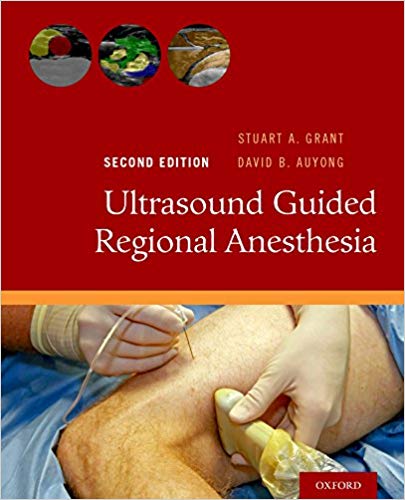Ultrasound technology is enabling anesthesiologists to perform regional anesthetic procedures with greater confidence in accuracy and precision. With improvements in visualizing neural anatomy and needle movement, ultrasound guidance improves patient safety and operating room efficiency. This book offers a detailed, stepwise approach to this technique, identifying pearls and pitfalls to ensure success. Topics are organized into four chapters.
The first chapter provides the basic principles behind ultrasound guided regional anesthesia, setting a strong context for the rest of the book. The last three cover the nerve blocks: upper extremity, lower extremity, and chest, trunk and spine. Each nerve block is comprehensively explained, divided up by introduction, anatomy, clinical applications, technique, alternate techniques, complications, and pearls.
This new edition includes discussions of 6 new blocks: the suprascapular block, axillary nerve block for shoulder surgery, fascia iliaca block, lateral femoral cutaneous block, and the adductor canal block. This edition also contains over 40 new procedural and imaging figures, an appendix on what blocks to perform for specific surgeries, and new information on the choice of local anesthetic agents, types of catheters and practical ultrasound physics to help improve scanning. Ultrasound-Guided Regional Anesthesia provides authoritative, in-depth coverage of ultrasound-guided regional anesthesia for the anesthesiologist beginning to use ultrasound and makes a great reference for the more seasoned physician.
Download Ultrasound Guided Regional Anesthesia 2nd Edition

